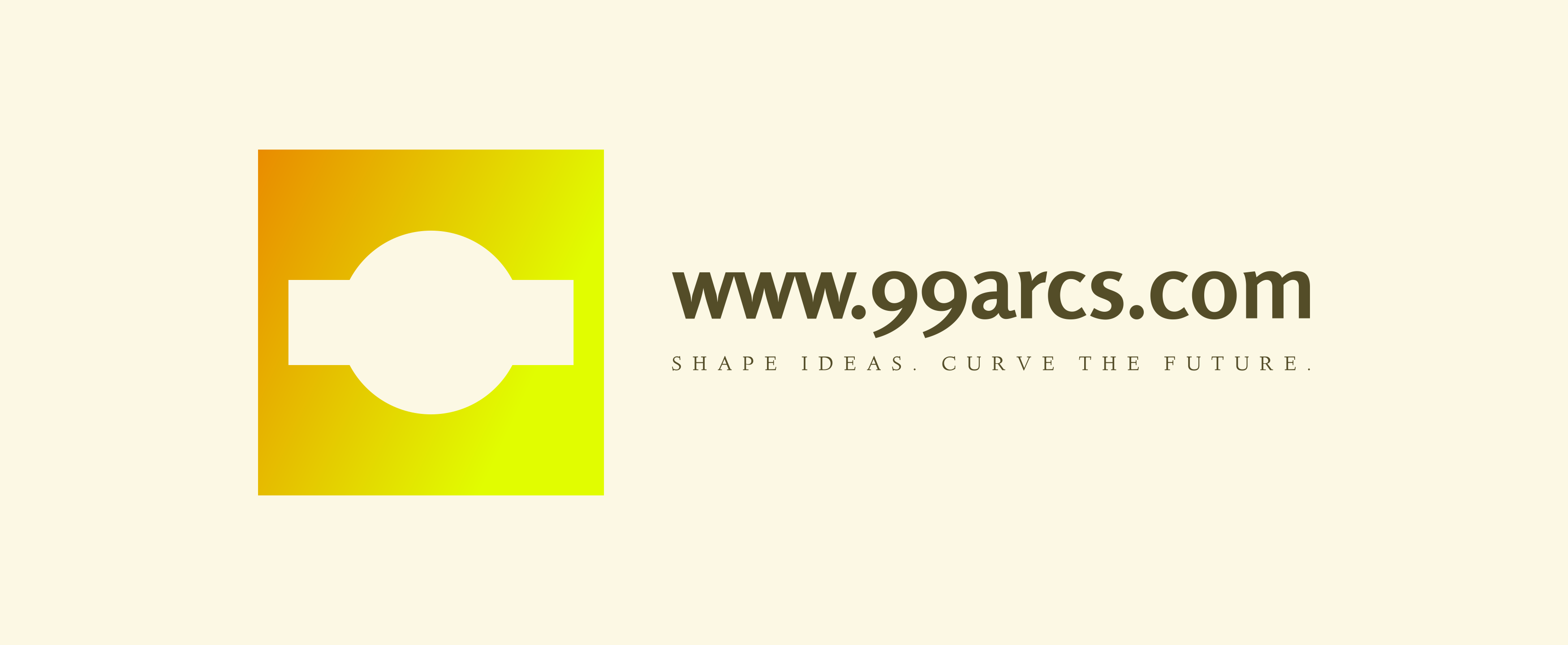Building Visual Identity Through Shape Language: Unlocking the Power of Shapes in Branding

Shapes are everywhere, and they play a crucial role in how we perceive and interact with the world around us. When it comes to branding and design, the right shape can evoke emotions, convey messages, and create memorable identities. I’ve always been fascinated by how a simple triangle or circle can hold so much power in shaping perceptions and experiences.
In this article, I’ll explore the concept of shape language and its impact on visual identity. By understanding how different shapes communicate, I’ll show you how to harness this knowledge to build a compelling visual identity that resonates with your audience. Whether you’re a designer, marketer, or business owner, mastering shape language can elevate your brand and create lasting impressions. Let's dive in and unlock the potential of shapes together.
Understanding Visual Identity
Visual identity encompasses the elements that represent a brand visually. It includes logos, color schemes, typography, and, significantly, shapes. Shapes convey messages and evoke emotions, playing a crucial role in shaping how audiences perceive a brand.
Shapes possess inherent qualities that imply different values. For instance, circles symbolize unity and wholeness, while squares represent stability and reliability. Triangles can convey dynamism and direction. By understanding these associations, I can strategically select shapes that align with the brand's message and target audience.
Creating a strong visual identity involves consistency in shape usage across platforms. Repeated use of specific shapes reinforces brand recall and familiarity. Designers should consider how shapes interact with other visual elements, ensuring balance and coherence in design.
Moreover, shapes can evoke specific emotions. For example, sharp shapes may incite energy or urgency, while rounded shapes can create feelings of comfort and trust. By leveraging such emotional responses, I can craft a compelling visual identity that resonates deeply with viewers.
The thoughtful application of shape language ultimately contributes to a distinctive visual identity. By blending meaningful shapes with a cohesive design strategy, brands can communicate their values more effectively, enhancing recognition and connection with their audience.
The Role of Shape Language
Shapes play a pivotal role in establishing brand identity and influencing audience perception. By leveraging the power of shape language, brands can communicate their essence effectively.
Importance of Shapes in Design
Shapes serve as fundamental elements in design, providing structure and clarity. I recognize that they help create visual hierarchies, guiding the viewer's eye and enhancing overall understanding. Shapes contribute to brand recognition, making logos and designs more memorable. For instance, consistent use of specific shapes across various platforms strengthens brand recall, ensuring that audiences connect with the brand on a deeper level.
Types of Shapes and Their Psychological Impact
Different shapes each convey distinct messages and emotions.
Circles symbolize unity and harmony, provoking feelings of inclusiveness. Brands aiming for a friendly and approachable image benefit from circle usage.
Squares represent stability and trust. They project reliability and professionalism, ideal for brands in finance or real estate.
Triangles convey dynamism and energy. They suggest movement and innovation, attracting attention and interest, often found in tech and sports brands.
Rectangles represent order and structure. They provide an organized appearance, commonly used in layouts for clarity.
Organic shapes evoke a sense of nature and fluidity, facilitating connection with eco-friendly or wellness brands.
Leveraging these shapes thoughtfully can elicit desired emotional responses, allowing brands to connect more effectively with their audiences. Each shape can reinforce specific traits and values, crafting a visual identity that resonates deeply.
Creating a Cohesive Visual Identity
Establishing a cohesive visual identity relies heavily on the strategic use of shapes. Shapes create a framework that influences perceptions, fostering a memorable presence in the market.
Combining Shapes Effectively
Combining shapes effectively strengthens the overall design. I use complementary shapes to create harmony and balance. For example, integrating circles into a logo can soften the rigidity of squares, while triangles can add movement. By blending geometric and organic shapes, I evoke different emotional responses. Circles enhance connection, squares provide stability, and triangles inspire innovation. The key lies in ensuring that the combination feels intentional and aligned with the brand’s message, promoting a unified aesthetic across all platforms.
Establishing Brand Recognition Through Shapes
Establishing brand recognition hinges on consistent shape use. I focus on incorporating specific shapes within logos, graphics, and marketing materials to create familiarity. Shapes like circles represent community, while squares emphasize safety and comfort. Repeating these shapes across various channels deepens recognition, making the brand instantly recognizable. By developing a distinctive shape language, I help audiences associate those shapes with the brand’s values, resulting in a stronger emotional connection and lasting impact. Each shape tells a story, ultimately enhancing brand recall and loyalty.
Case Studies in Shape Language
Examining successful brands provides valuable insights into the effective implementation of shape language. These case studies reveal how shapes can define and strengthen a brand's identity.
Successful Brands and Their Shape Language
Apple: Apple's use of rounded rectangles in product designs reflects simplicity and approachability. The iconic apple logo, with its smooth curves, fosters familiarity while conveying innovation and creativity.
Nike: Nike utilizes dynamic shapes, such as sharp angles and the swoosh curve, to embody movement and athleticism. This shape language aligns perfectly with the brand's mission of inspiring athletes.
Target: Target employs concentric circles in its logo, symbolizing community and connection. This shape choice effectively communicates a welcoming atmosphere while reinforcing brand recognition.
Coca-Cola: The curvy bottle shape serves as an iconic element that signifies enjoyment and refreshment. The continuous flow and seamless curves evoke feelings of happiness and nostalgia.
Airbnb: Airbnb's "Bélo" logo integrates a heart, a location marker, and an A, representing harmony, belonging, and community. This sophisticated use of shapes reflects the brand's commitment to connecting travelers.
Lessons Learned from Shape Implementation
Consistency Matters: Successful brands seamlessly incorporate shapes across all platforms, ensuring visual recognition and strengthening brand identity.
Emotional Connection: Specific shapes evoke emotional responses. Brands should choose shapes that align with their core values to resonate with target audiences.
Complementary Combinations: Mixing shapes can create balance. Brands that combine contrasting shapes, such as rounded and sharp elements, achieve visual harmony and dynamic appeal.
Simplicity Enhances Recall: Simple shapes often yield better memorability. Brands that prioritize clean, recognizable shapes improve brand recall and consumer loyalty.
Cultural Relevance: Shapes can carry different meanings in various cultures. Brands must consider cultural connotations to avoid miscommunication and strengthen their global presence.
Conclusion
Building a visual identity through shape language is an exciting journey that can transform how a brand is perceived. I've seen firsthand how the right shapes can evoke emotions and create lasting connections with audiences. By intentionally choosing and combining shapes, brands can craft a unique narrative that resonates deeply.
Consistency is key in reinforcing recognition and familiarity. When shapes are used thoughtfully across all platforms, they not only enhance the overall design but also strengthen the brand's presence in the market. Each shape tells a story and contributes to a cohesive visual identity that stands out. Embracing the power of shapes can lead to a memorable brand experience that fosters loyalty and trust.
